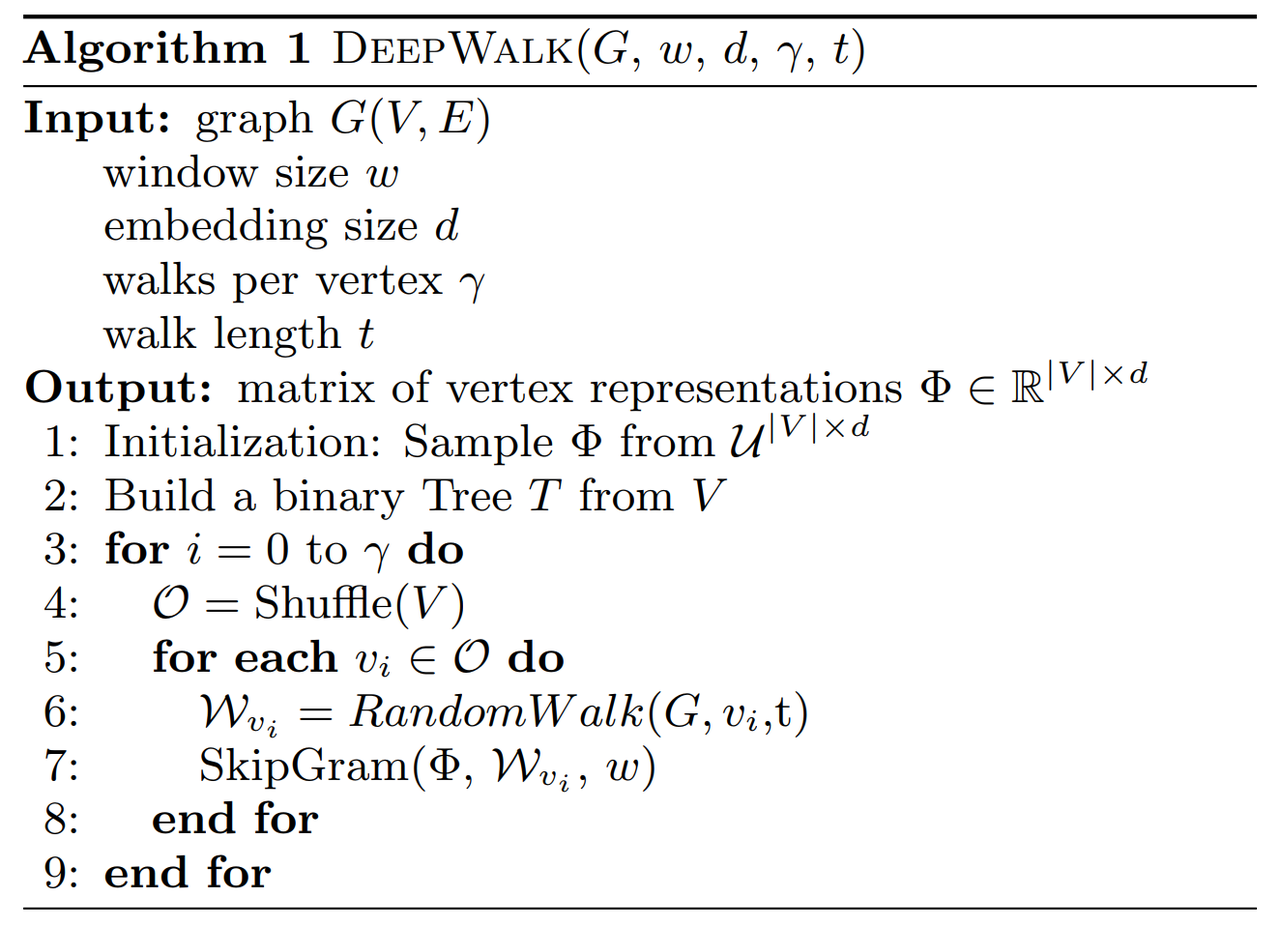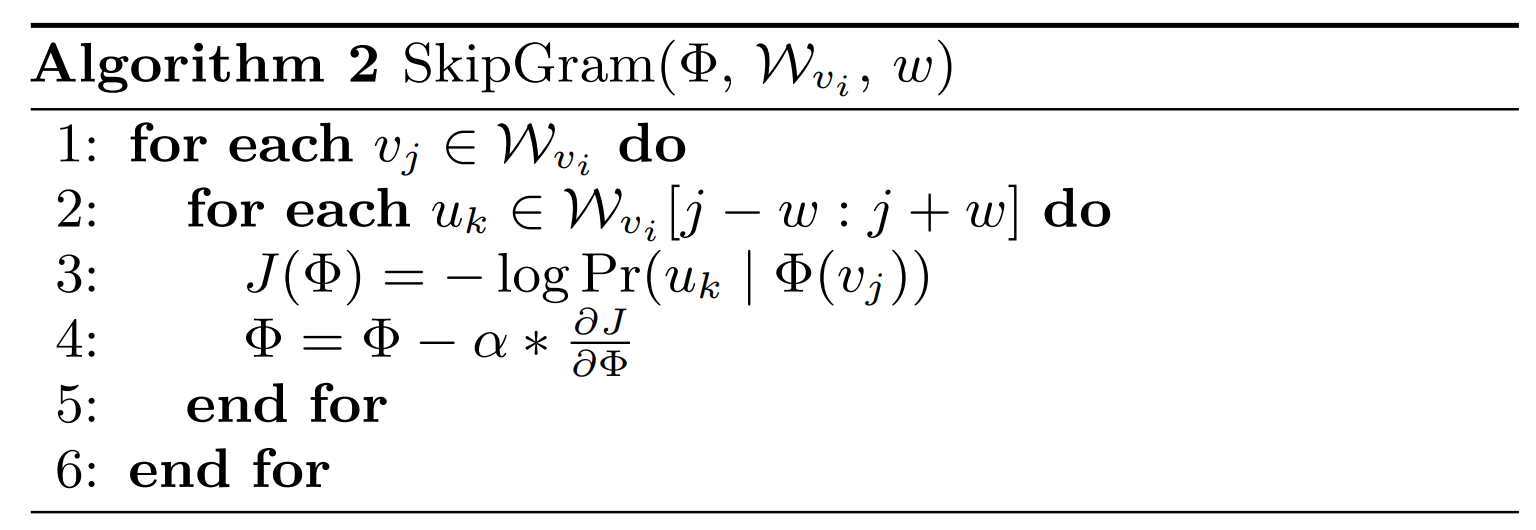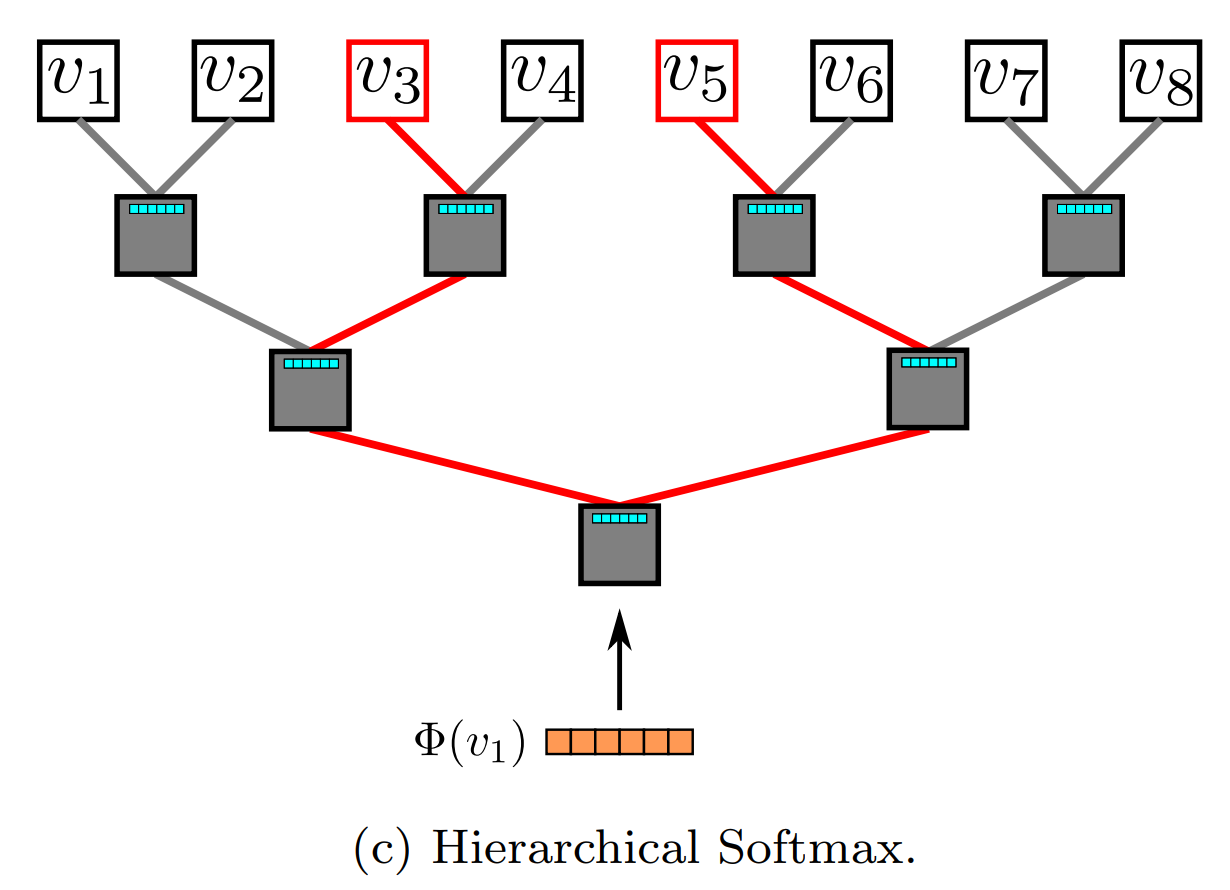GNN学习笔记
GNN从入门到精通课程笔记
2.1 DeepWalk (PaperReading)
DeepWalk: Online Learning of Social Representations (KDD’ 14)
Introduction
- Unsupervised feature learning
- Input: graph; Output: Latent representation
- GNN basic dataset: Zachary’s Karate network
- one-hot encoding-Sparse; embedding-dense
- Heterogeneous graphs: graphs that have nodes and edges of different types
- Relational classification: aims to include relations among entities into the classification process (在一个图中标注一些节点预测其他节点)
Contribution
- DeepWalk used a different approach to capture the network topology information. Build robust representations that are suitable for statistical modeling
- Multi-label classification tasks
- Scalability (parallel implementation)
Problem Definition
- G = (V,E) V: vertices, E: edge, E=(V*V) 邻接矩阵
- G_L = (V, E, X, Y), X \in R^{|V|*S}, S = the size of the feature space for each attribute vector, Y \in R^{|V|*y}, y = the set of labels
Learning Social Representations
- (short) Random walks
- Easy to parallelize
- No need for global recomputation.
- Language modeling
- We present a generalization of language modeling to explore the graph through a stream of short random walks.
- Pr(v_i | (v_1,v_2,…,v_{i-1})): language modeling
- the prediction problem
- minimize_\Phi -logPr({v_{i-w},…,v_{i+w}}\v_i | \Phi(v_i)): skipgram(节点没有顺序)
- We present a generalization of language modeling to explore the graph through a stream of short random walks.
Method
- DeepWalk = Random walks + Language modeling
- Language model: corpus + vocalulary
- Deepwalk: corpus = short truncated random walks; vocalulary = V
- Algorithm

- SkipGram:

- Pr(v_i | (v_1,v_2,…,v_{i-1})) = \Pi^{i+w}_{j=i-w;j!=i} Pr(v_j|\Phi(v_i))
- Hierarchical Softmax

- The model parameter set is \theta = {\Phi,\Kai}
- Parallelizability
- Algorithm Variants
- Streaming: without knowledge of the entire graph
- Non-random walks
Experiments
- Datasets: BlogCatalog, Flickr, YouTube
- Metrics:
- sample a portion of the labeled nodes(TR)
- Macro-F1, Micro-F1
- Results: TR越小,DeepWalk表现地越突出
Conclusion
- Language modeling is actually sampling from an unobservable language graph.
- Insights obtained from modeling observable graphs may in turn yield improvements to modeling unobservable ones.